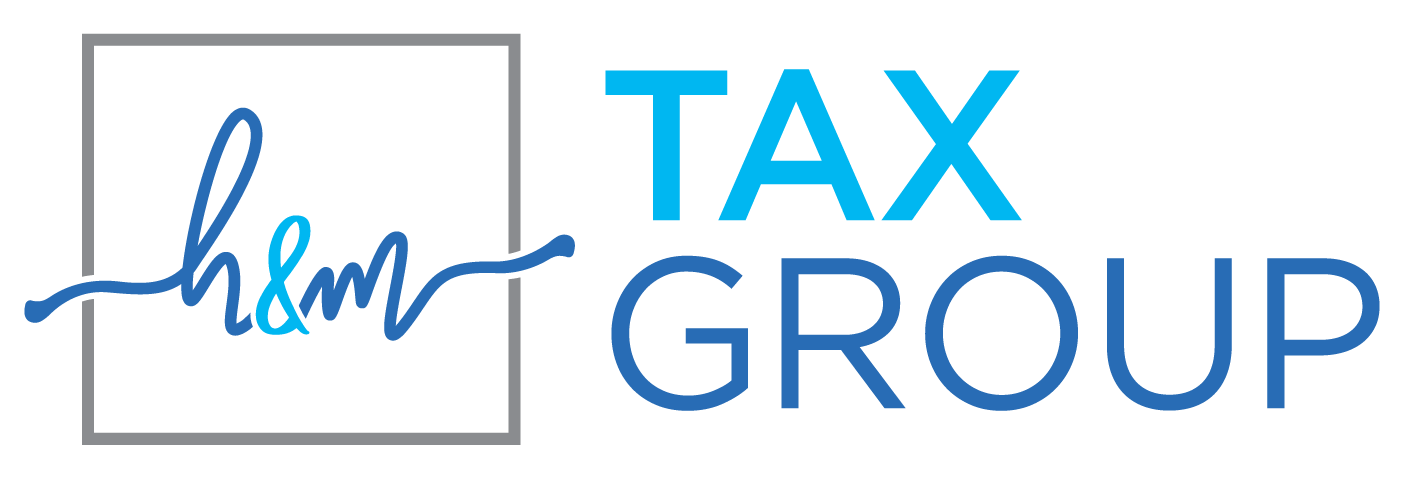During this time, the process of taxes puts lots of stress on many, but organizing them makes it efficient and effective for the process to flow during the season. Inaccurate tax filing plus preventing penalties is dependent on how you manage your tax documents, whether it’s as an individual or business. When your financial records are kept in order, business tax planning services, as well as consultations from a financial advisor, become easier to use. In this guide, they’re going to cover the basics regarding tax document organization and then offer organized steps toward putting in place the process.
Which Tax Documents one Should Keep with Him?
The first step is to identify the necessary records that compose your tax document organization. Records regarding income, deductions, and credits are usually required. Taxpayers should keep W-2s, 1099s, bank statements, records of deductible expenses, and investment documentation. For good operations, a business involves profit and loss statements, payroll records, and expense receipts.
The records are retained as they support full deduction use and meet audit requirements. For those who need help in determining which tax documents to keep, a financial advisor can help by recommending documents according to the needs of their finances.
How Should You Store Your Tax Documents?
After selecting which documents to save, the next step is security storage. The required organizational system should be as physical as the digital storage system. While physical records are to be organized into labeled storage containers and stored in protected areas, digital data are stored by cloud computing platforms and with encrypted external hard drives. A tax organization system with tax year and category separations makes it much easier for you to retrieve at meetings with tax professionals.
When Should You Update and Review Your Tax Records?
Such tax documents are not to be dealt with only within the tax filing time; rather, they should be in the possession of only tax professionals throughout the entire year. Updating your records regularly keeps them up to date, particularly when you must log down all deductible expenses throughout the year. This means you have the advantage of avoiding last-minute work and getting current information about your tax responsibilities by having monthly or quarterly reviews.
A financial advisor assists the client in coming up with an ‘effective’ methodology to carry out record-dating activities. With business tax planning services, organizations are empowered to derive essential tax decision-making abilities since these enable them to carry out accurate financial reports.
What Are the Benefits of Organizing Your Tax Documents?
It is important to know that proper management of tax documents will assist a user in adequate organization and thus lead to favorable outcomes. As a result, tax season stress declines along with accurate reporting and lower audit and error risks. Maintaining well helps you file out tax records properly to claim all the available deductions, and then you can learn about tax-saving methods.
Business tax planning services help owners achieve enhanced control over finances and tax-saving strategies that benefit the business. A financial advisor provides financial planning expertise, which helps in making more efficient financial arrangements according to tax guidelines and decreasing the total tax burden to enhance future economic development.
Conclusion
Tax document organization is a very important practice for maintaining a good financial condition as you expend all the tax requirements. By picking which records you would want to keep and following the entire path with a systematic filing system, it is possible to do a simplified taxation process. Still, it should also include activating the filing system on all tax periods. H&M Tax Group provides professional services such as document verification and other related services to their clientele. Preparing your taxes is successful in finances, and at the same time, it gives you peace of mind in your organization.


